Connects all your devices intelligently.
The heart of your energy independence.
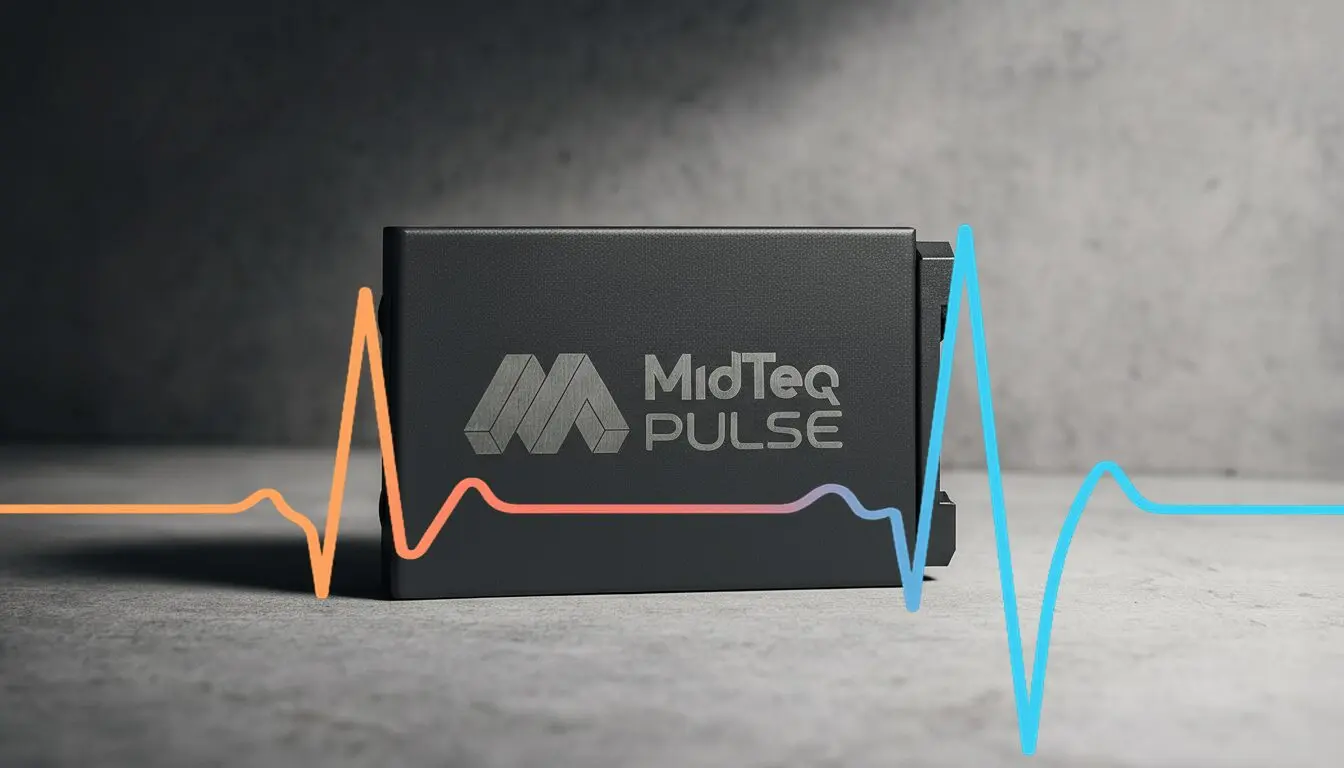
MidTeQ PULSE – The brain of your home
PULSE connects all MidTeQ components – from the PrimePower set consisting of battery and inverter, to the PowerCharge Wallbox and up to the ThermalCore heat pump and HeatX hot water control – intelligently integrating them into a perfectly coordinated overall system.
- Smart charging & discharging: Prices, weather, consumption – automatically optimized
- Earn money: Trade surpluses intelligently on the market
- More independence: Maximize self-consumption, reduce grid costs
- Safe during outages: Backup power from battery & PV
- Everything in view: Real-time app & full transparency – data securely stored in the EU
Intelligent Charging & Discharging
Actively save on your electricity bill
Using EPEX day-ahead prices, weather forecasts and your individual consumption patterns, PULSE automatically decides when your MidTeQ PrimePower battery should charge or discharge. This way you make optimal use of low-cost electricity periods and save real money without any manual action required.
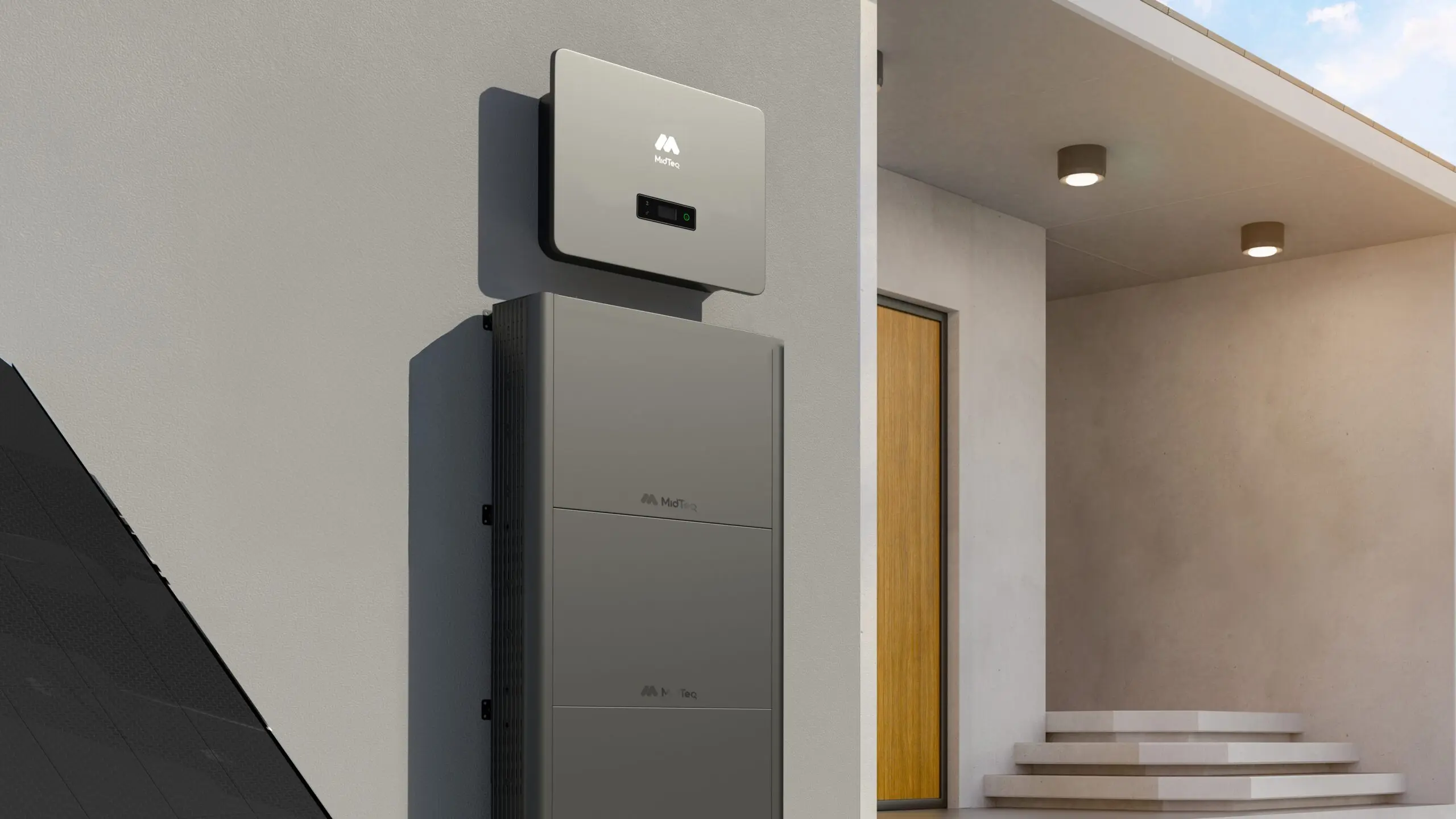
Earn with Energy
Automatically through intelligent trading*
PULSE goes one step further: it can intelligently trade your surplus energy on the market, enabling you to achieve higher returns without any manual effort. The technology is already prepared for the energy markets of tomorrow.
* Participation in energy trading depends on regulatory conditions and your energy supplier. MidTeQ PULSE is technologically ready for it.
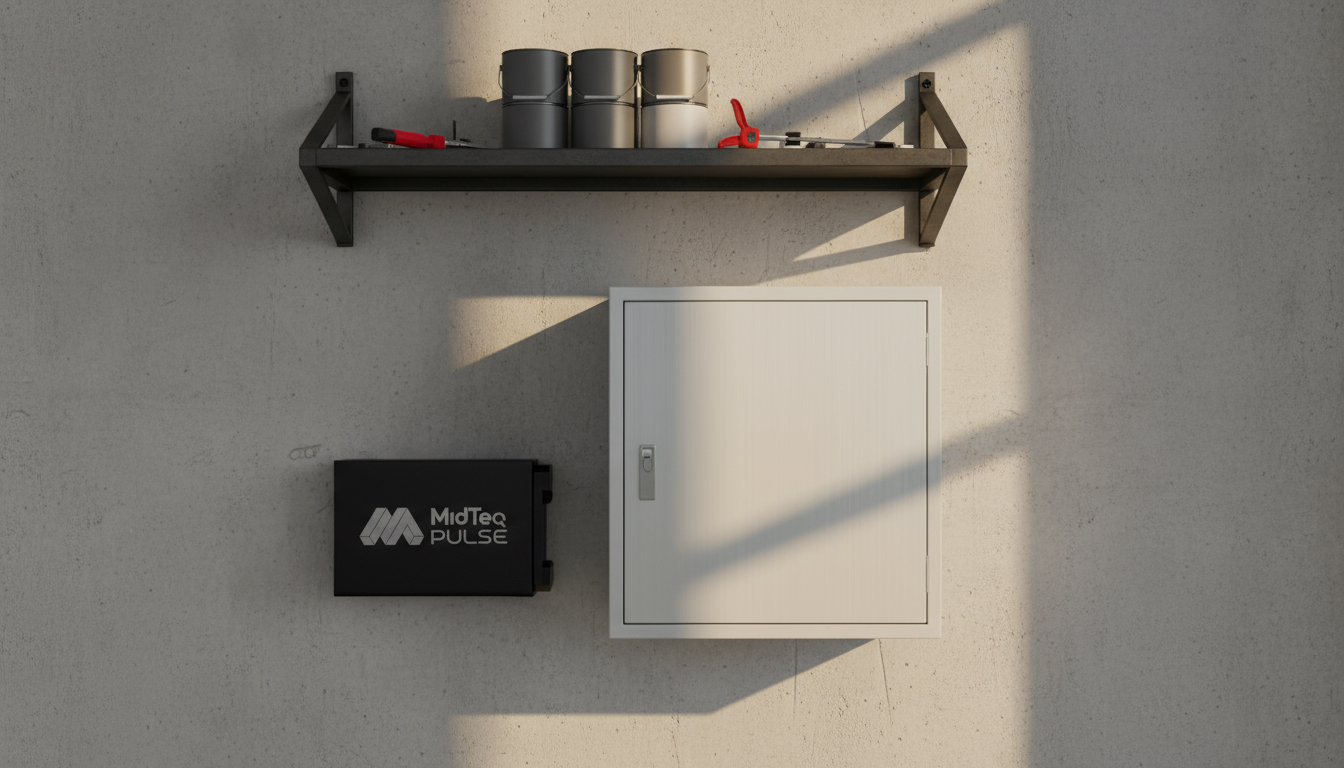
Backup Power Supply
Security during power outages
In case of a grid failure, PULSE continues to supply energy from the PrimePower battery and your PV system. This ensures that lights, heating and essential devices remain reliably operational. You stay protected – even when the grid goes down.
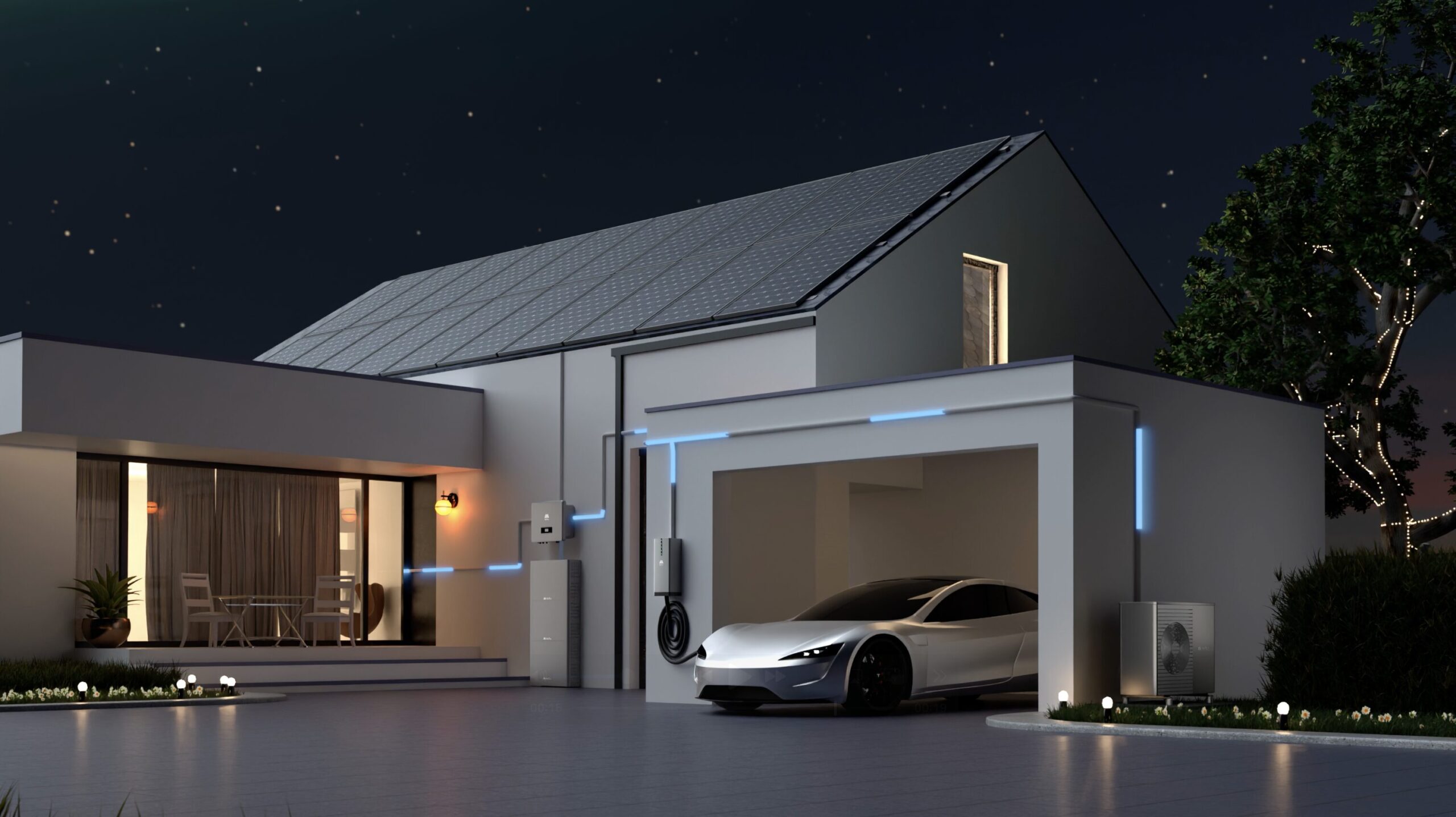
Full Transparency
Real-time control via the app
Through the MidTeQ PULSE App you can see in real time how much energy you produce, consume and store – for full transparency and complete control. Your data is safe and stored exclusively within the EU.
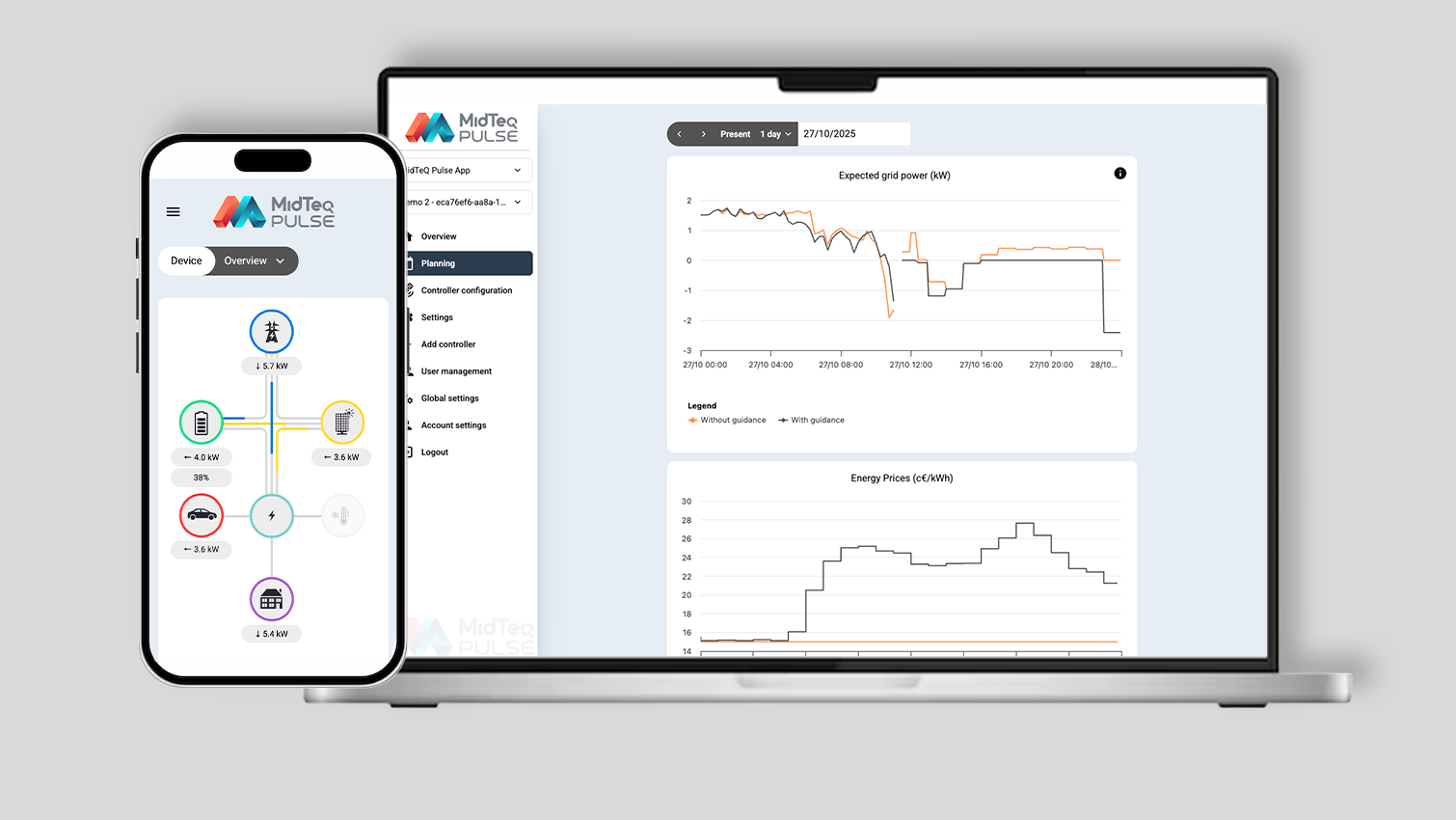
Intelligent Charging
Your car runs on sunshine.
Charge your electric vehicle with your own clean solar power. MidTeQ PULSE detects excess energy from your roof and directs it straight to your PowerCharge Wallbox. Every trip becomes maximally sustainable and cost-efficient. Simply define your charging goal in the app – PULSE takes care of the rest, ensuring your car charges intelligently when energy is cheapest.
Coming soon: Launch in Q1/2026
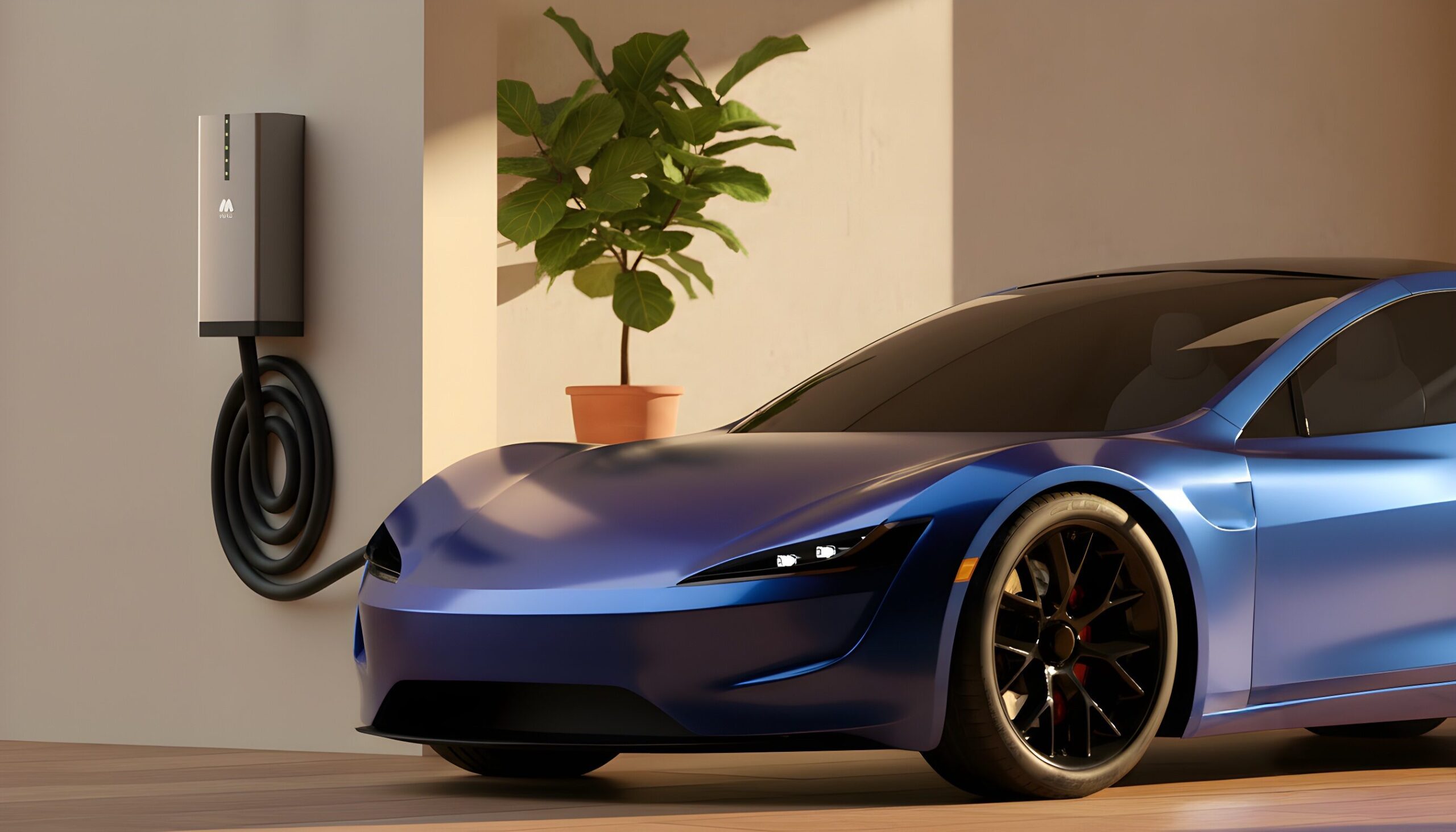
Autonomous Storage
Energy for the night.
Store the day’s solar energy for the night and for cloudy hours. PULSE analyzes weather forecasts and your typical consumption to autonomously manage your PrimePower battery storage. The battery charges when electricity is abundant and inexpensive – primarily from your PV system. When needed, it releases stored energy, making you more independent from the grid and its price fluctuations.

Efficient Heating
Smart heating made easy.
Seamlessly integrate your ThermalCore heat pump into your intelligent energy system. PULSE ensures that your heat pump primarily operates when you produce low-cost solar power. The system learns when you need heat and optimizes heating cycles based on weather forecasts and your habits. Enjoy cozy warmth while reducing your heating costs.
Coming soon: Launch in Q2/2026
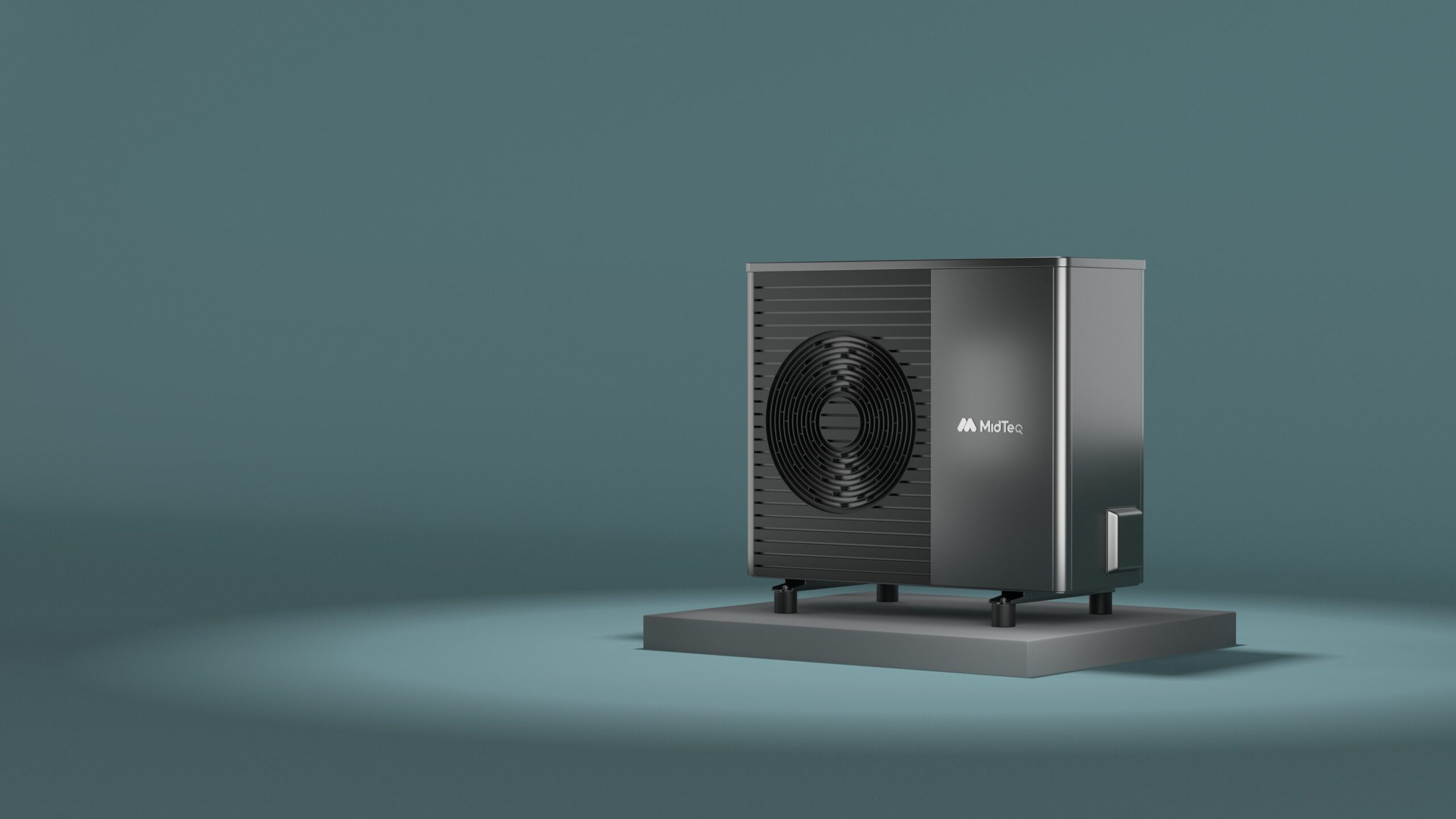
Intelligent by Design. Transparent for You.
MidTeQ PULSE was developed to provide you with the most advanced energy management technology.
In the MidTeQ PULSE App you can always see in real time how much energy you produce, consume and store – giving you full transparency and control over your home.
Your data is safe and stored exclusively within the EU.
Your Energy Hub.
MidTeQ PULSE App.
Live data, price information, intelligent control – automatically uses low-cost periods, reduces your electricity bill and increases your independence.
Ready for your energy future?
Choose your desired performance class or get advice from an installer in your area. Find your perfect MidTeQ System.
